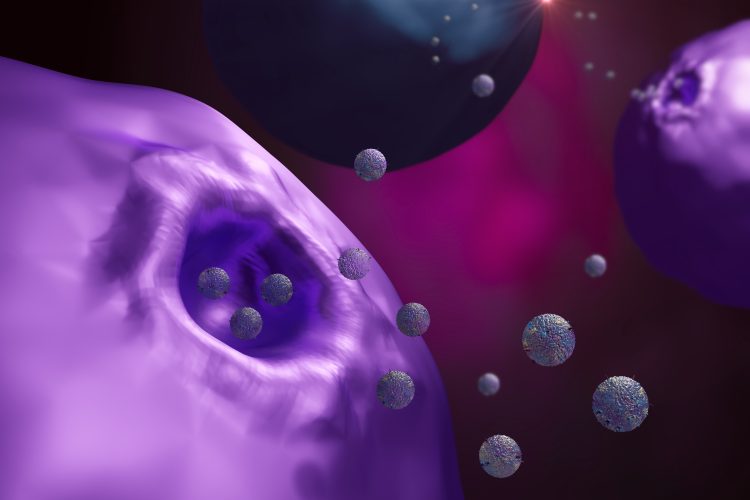Microcapsule-loading exosomes to treat vitreoretinal diseases
Posted: 24 October 2023 | Drug Target Review | No comments yet
Scientists have developed ExoCaps, self-healing microcapsules that are more feasible than other cell-based technologies.


A novel “pseudo cell” formulation based on self-healing microcapsule-loading exosomes has been developed by scientists from the Institute of Process Engineering (IPE) of the Chinese Academy of Sciences and Beijing Chaoyang Hospital, in hopes of treating diverse vitreoretinal diseases.
A large spectrum of vision-threatening disorders are included in vitreoretinal diseases, which may cause severe and irreversible vision loss. Existing treatments for vitreoretinal diseases in clinic have a mostly disappointing efficacy and treatments can cause side effects. Also, regularly repeated treatments are often required, leading to poor patient compliance.
Recently, scientists have studied the possibility of cell-based therapy in ophthalmology. Although there have been positive results, cell-based therapeutics in ophthalmology have encountered problems like the instability of the cell phenotype, low cell-survival rates and the need for strict storage conditions, all of which have restricted the clinical feasibility of cell-based technologies.
Paracrine mechanisms are known to play a role in the therapeutic benefits of many cell types. Therefore, researchers have explored the prospect of using more stable cell-secreting components like exosomes as therapeutic components to treat ocular diseases. The scientists from IPE and Beijing Chaoyang Hospital were inspired by this and led them to propose a “pseudo cell” formulation platform.
In this platform, exosomes isolated from cells were loaded into self-healing microcapsules, named ExoCaps. Dr Guanghui Ma from IPE said: “ExoCaps simulate functional cells in terms of size, internal structure, and secretion behaviour.”
ExoCaps settled in the inferior area of the vitreous cavity after intravitreal injection. Blurred vision can be induced by suspension of living cells in the vitreous cavity, so having the ExoCaps settle in the inferior area made it possible to avoid this. Furthermore, as the microcapsules degraded over a month, exosomes were gradually released, offering promise for a long-term therapeutic effect.
The researchers used retinal ischemia-reperfusion injury (RIRI) and primed mycobacterial uveitis (PMU) models to find therapeutic benefits from the application of two different ExoCap formulations, based on microencapsulation of mesenchymal stem cell-derived exosomes (MExo) and Treg cell-derived exosomes (TrExo). Dr Wei from IPE said: “Our ExoCap platform is flexible and can load exosomes of different cellular origins to meet varied therapeutic needs.”
The therapeutic efficacies were verified in both murine and nonhuman primate models of vitreoretinal diseases. Dr Tao Yong from Beijing Chaoyang Hospital said: “This study is still at the preclinical stage. Given that exosomes are natural vesicles produced from endogenous cells with good biocompatibility and the microcapsule material [poly(lactic-co-glycolic acid)] has been approved for clinical use, ExoCap has the potential for translation to the clinic.”
The study was published in Nature Biomedical Engineering.
Related topics
Cell Therapy, Ophthalmology, Therapeutics
Related conditions
Vision loss
Related organisations
Beijing Chaoyang Hospital, Institute of Process Engineering (Chinese Academy of Sciences)








